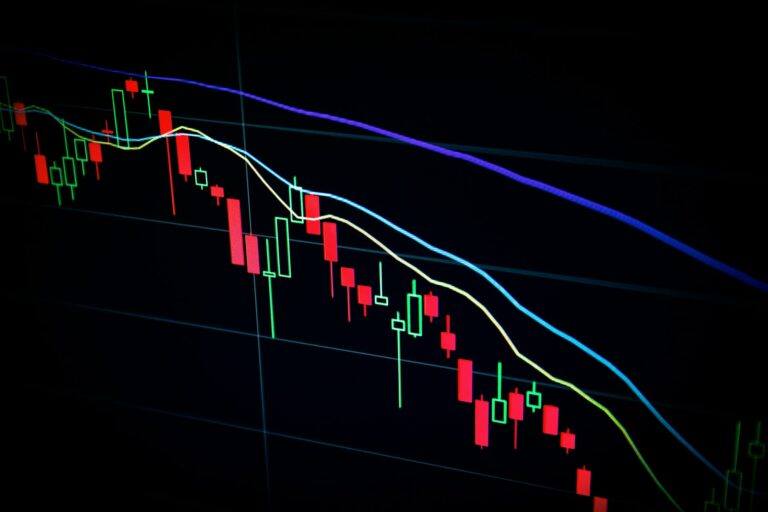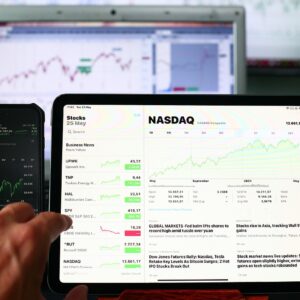The Chicago Board Options Exchange Volatility Index (VIX), a real-time index that represents the stock market’s expectations for near-term volatility, has hit a level that has only been seen twice since it was crated.
According to the economics outlet Kobeissi Letter on the microblogging platform X (formerly known as Twitter), the VIX is now above 65, a level that it has only traded above during the 2008 Financial Crisis and during the 2020 COVID-19 pandemic sell-off.
Per the outlet, the VIX is now a “whopping 550% from its July 2024 lows,” after the S&P 500 lost over $5 trillion in market capitalization over the past month.
The equities market sell-off came over a confluence of various factors, including investors concerns surrounding economic growth and the potential overvaluation of artificial intelligence.
Economic data in the United States has started pointing to a potential recession after worst-than-unexpected unemployment data triggered what’s known as the Sahm rule, an indicator that measures the three-month moving average of the U.S. unemployment rate against its previous 12-month low.
Meanwhile, rising tensions in the Middle East exacerbated investor anxiety as Iran is expected to soon attack Israel in response to the killing of Hamas’s leader Ismail Haniyeh in Tehran.
The sell-off saw equities markets plunge, with Japan’s Nikkei 225 index seeing its worst two-day performance ever to lose nearly 20% of its value in that period. The stock market’s benchmark index, the S&P 500, meanwhile plunged over 3% in the last 24-hour period, while the tech-heavy Nasdaq is down 3.3%.
The sell-off has been so intense that several brokerages briefly went down.
The crash also affected cryptocurrency markets, with Bitcoin dropping from nearly $70,000 over the past week to now trade at $54,000 after seeing a low under the $50,000 mark, just before recovering.
Meanwhile Ethereum’s Ether lost nearly 30% of its value over the same period to now trade at around $2,400. The cryptocurrency market lost around $300 billion in the past day and over $700 billion during the downturn, before recovering.
Featured image via Unsplash.









